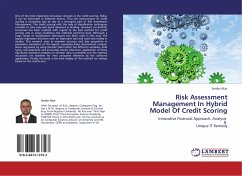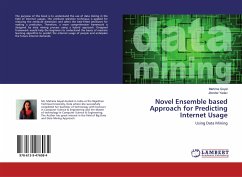The credit industry has grown very rapidly almost all over the world. Giving credit is regarded as a business activity which generates profits for banks and other financial institutions. However, loans can also be a source of risk of loss. The recent financial crisis has raised the attention of banks and other financial institutions about credit risk. Therefore, the Basel Committee asked all banks and financial institutions to implement a credit scoring system to assist in estimating the level of credit risk. The method for Credit Scoring has been developed to select a better model in predicting credit risk. Data mining methods are superior to the statistical methods of dealing with Credit Scoring issues, especially for nonlinear relationships between variables. By flashing the ensemble method with statistical methods, proven to achieve a higher level of accuracy than the method of data mining. the classification process will be carried out to classify prospective borrowers into two classes: good prospective borrowers and bad prospective borrowers based on the characteristics of prospective borrowers using the GradientBoost ensemble method.








